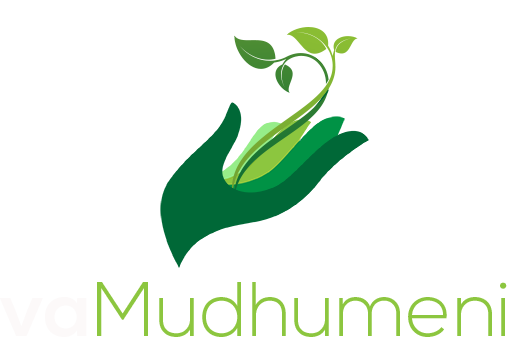Integrated pest management (IPM) combines the use of biological, cultural and chemical practices to control insect pests in agricultural production. It seeks to use natural predators or parasites to control pests, using selective pesticides for backup only when pests are unable to be controlled by natural means. IPM should not be confused with organic practices. It does not discourage spraying chemicals; it promotes spraying with selective pesticides only when the crop needs it, which generally means that less pesticide is used.
For IPM to be effective, producers need to be familiar with the life cycle and crop thresholds of pests, and to act when pest numbers begin to cause impact on crop growth and cause economic damage.
Combining different approaches in pest control brings about better results than using one method no matter how good it may be.
METHODS OF INTEGRATED PEST MANAGEMENT
CULTURAL CONTROL is the non-chemical management of pests using manual or mechanical means to change the soil and crop environment to discourage pest establishment.
BIOLOGICAL CONTROL is where predatory or parasitic insects and mites known as ‘beneficial’ or ‘good bugs’ help to control chewing and sucking insects that affect the quality and productivity of crops by killing them or disrupting their breeding cycle.
CHEMICAL CONTROL involves the use of pesticides in the management of pests. It is used in IPM when biological and cultural control has not been enough to protect the productivity of the crop. Where chemical control is required, selective insecticides are chosen which target the pest, leaving the beneficial population unharmed.

